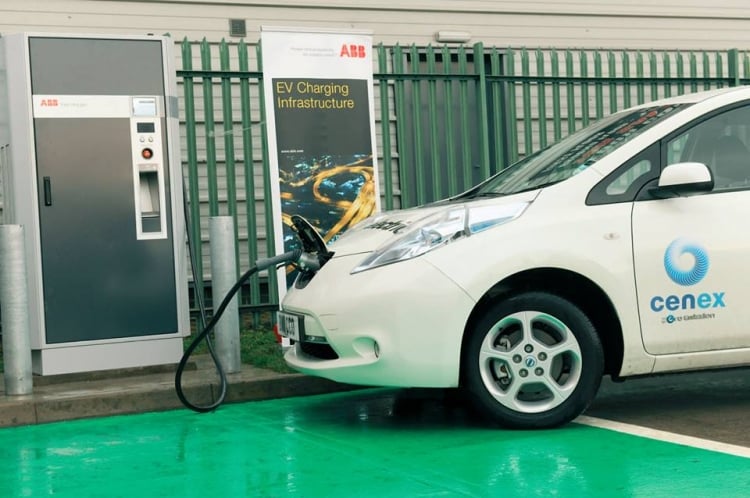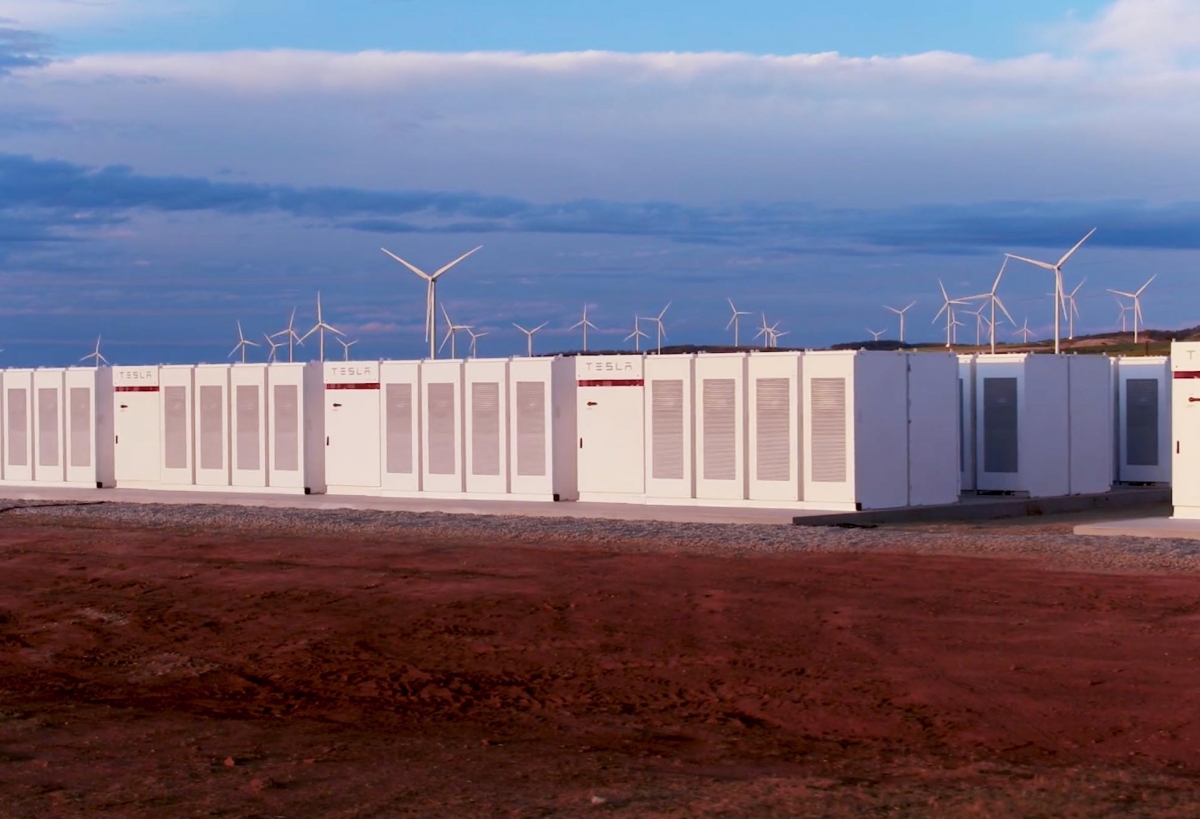
In a feature article from the latest volume of PV Tech Power, the editorial team at Energy-Storage.News canvassed the opinions of trade association chiefs from five key global regions.
Heads of the US national Energy Storage Association, Australia’s Smart Energy Council, the India Energy Storage Alliance, the UK’s Electricity Storage Network and the European Association for Storage of Energy (EASE), all responded to a series of survey questions on the energy storage industry in 2017 and 2018.
Enjoy 12 months of exclusive analysis
- Regular insight and analysis of the industry’s biggest developments
- In-depth interviews with the industry’s leading figures
- Annual digital subscription to the PV Tech Power journal
- Discounts on Solar Media’s portfolio of events, in-person and virtual
Or continue reading this article for free
You will be able to read the full article in the journal which you can download from the site here, while some printed copies will be available at upcoming international trade shows including PV Expo in Tokyo.
Along with the four questions that each trade group was asked for the article, reflecting their experiences in 2017 and asking them their expectations in 2018, we also asked them what some of the most exciting developments in energy storage they expect to see in 2018 might be. These ranged from innovations and expected developments in technology to finance and business, to policy and regulation.

Here are the reponses:
Kelly Speakes-Backman, CEO, Energy Storage Association (USA)
One of the most exciting technological developments in distributed energy storage is the use of advanced controls and artificial intelligence (AI). Distributed storage promises enormous value to the electric system and to improving resilience, and the key to unlocking that value is the increasingly sophisticated and automated ways in which those assets can be operated, whether as a single smart asset to avoid a distribution line upgrade or as a virtual power plant of re-configurable aggregated assets.
And of course, the wild card in this discussion is vehicles as EV shares increase, a whole new set of mobile distributed storage assets will enter the grid and involve transportation system needs, not just electric system needs. Sophisticated control systems will be critical to optimizing all these storage assets coming online.
John Grimes, CEO, Smart Energy Council (Australia)
[One of the most exciting developments will be] giving the opportunity for laggards and sceptics to see the big South Australia battery in operation, which undercuts outdated arguments against energy storage. Educating the market of a multiple energy storage options available also puts energy storage firmly in the frame of regulators and market operators.
We are working hard to ensure we unlock the full value of energy storage, both behind the meter, and in aggregate as a virtual power plant. The economics are already compelling in places like South Australia and in 2018 other states and territories also come into the frame.
Dr Rahul Walawalkar, Executive director, India Energy Storage Alliance (IESA, INDIA)
With the rapid reduction of solar and wind energy costs, Indian grid now needs solutions for renewable energy integration. This transition is supported by a significant push for ‘Gigafactories’ for advanced energy storage technologies such as li-ion that is driving down the cost of energy storage at a pace even faster than the solar PV cost reductions witnessed in past decade.
According to India Energy Storage Alliance (IESA) research estimates, by 2020 there will be at least three companies globally with 25GWh+ annual production capacity and another five companies with 10GWh+ annual production capacity for Li-Ion batteries. The new projected capacity for 2020 is now over 400GWh based on latest projections by IESA Research. India is targeting 5-10GWh of manufacturing by 2020. 1GWh cell manufacturing would need an investment of US$200-250 million. Looking at the potential India has to create 10GWh of capacity, India could attract investments to the tune of US$3 billion by 2020. And as this happens, ancillary development including module development, containers, transformers, inverters could need an equal amount of investment, taking the total potential to US$6 billion.
On the policy front there are number of key initiatives such as the development of a National Energy Storage Mission by MNRE (Ministry of New and Renewable Energy), launch of EV Policy framework by NITI Aayog (National Institution for Transforming India) and the introduction of ancillary services by CERC (Central Electricity Regulatory Commission), that can have significant positive impact on the energy storage and EV sectors.

Georgina Penfold, CEO, Electricity Storage Network (UK)
In technology, we need to remember that there are other types of batteries besides lithium batteries, and there are other types of storage besides batteries.
In finance, we need to remind investors that storage is long term activity with changing markets. Investing with a flexible attitude to services will bring rewards. In policy and regulation, the biggest impact would come from ensuring that all generators are responsible for their own balancing.
Patrick Clerens, Secretary General, EASE (European Association for Storage of Energy, EUROPE)
Policy and regulation is our main focus as EASE and will be an exciting area to follow these next few years. We are excited to see more and more initiatives recognising the fundamental importance of storage in the EU energy system. Whether it’s the Clean Energy for European Islands forum, the High-Level Battery Alliance, or the ETS (Emissions Trading System) Innovation fund, we see storage becoming more and more central to the EU’s policies in all areas.
More and more players are also realising that energy storage is the make or break technology for a decarbonised energy system by 2050. Since this technology is crucial, discussions are being held for a huge initiative on energy storage, which could propel Europe to the global forefront. Creating such a major initiative will impact energy storage in Europe profoundly.
Read the full article, featuring detailed responses to four survey questions from all five trade group heads, in the latest PV Tech Power (Vol.14), available for free download.
